There are several Field Exercises that you will have to undergo at The Basic School. This will provide an overview of the Combined Arms and Patrol FEXes along with a brief note on Crew Served Weapons.
Patrol FEX
Patrolling is basically what it sounds like: organizing a squad to conduct reconnaissance of the area or make contact with the enemy. Your combat order for FEX I gets more complicated than SULE II orders were at Officer Candidates School. Patrol takes it to a whole new level. It’s difficult to explain to someone who hasn’t been introduced to non-OCS combat orders, but to sum it up in a nutshell: with a patrol you have no idea where the enemy is, only a vague idea of what their doing, and your job is to figure out what their up to and disrupt it. You’ll be covering a huge area over the course of about 4 hours, so the level of detail that has to go into your order is overwhelming.
Patrolling itself is exhausting, because you’re walking through incredibly rough terrain carrying 50lbs and up. Every now and then you take enemy contact, enemy indirect fire, or something else that requires you to run. Be prepared to get physically worn down during Patrol FEX. This applies to all FEXes, but patrol FEX especially.
It’s not easy.
Combined Arms FEX
Combined Arms FEX is a great experience. It’s only a day long, but during that day you’ll act as an artillery / mortar forward observer and call for fire on targets 1000-2000 meters away. The sound of the round impacting literally shakes you, even though you’re a mile away. The bleachers by the tower actually shook when a round hit the deck.
As an aside, calling for fire and constructing fire support plans are EXTREMELY important skills both for academic tests and for your tactical billets on FEXes. Spend a lot of time studying them when you get there. Also, if you’ve tossed out artillery as an MOS that you don’t want you should still come to TBS with an open mind.
Learning about Fire Support is one of the most legitimate things you’ll get out of TBS. The Marine Corps’ ability to effectively use IDF assets like artillery and mortars is what allows us to actually practice maneuver warfare and put the bad guys in a combined arms dilemma. When learning it you start actually feeling like an officer with real Warfighting skills.
Crew Served Weapons
There are a few introduction classes to crew served weapons organic to infantry, which are basically mortars, medium machine guns (M240), heavy machine guns (M2 .50cal, Mk19 grenade launcher), and various anti-armor weapons (SMAW, Javelin, etc). The ones you’ll actually be employing at TBS are the M240 and possibly the .50cal on patrol FEX, though you’ll learn the basic operations of most of them. There will be a FEX for this as well.

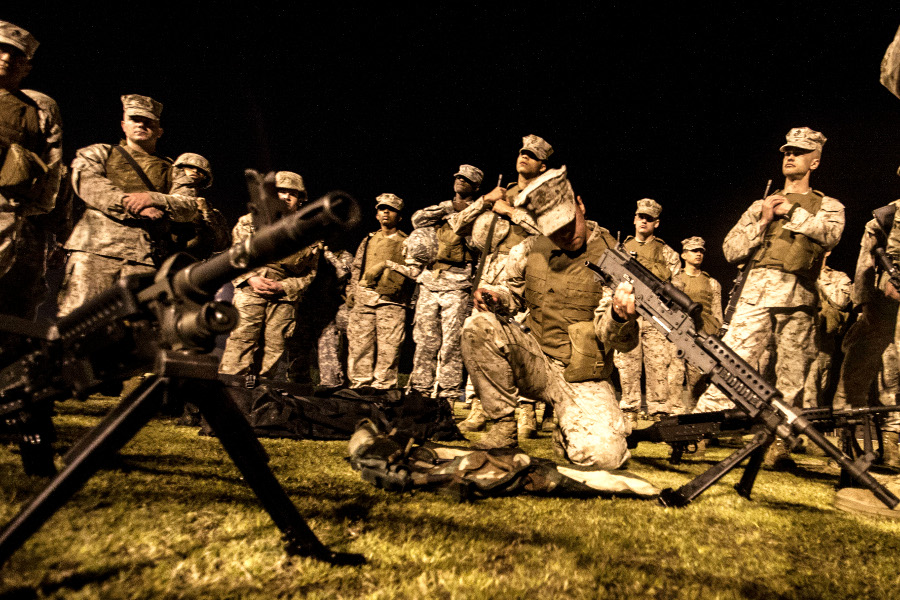

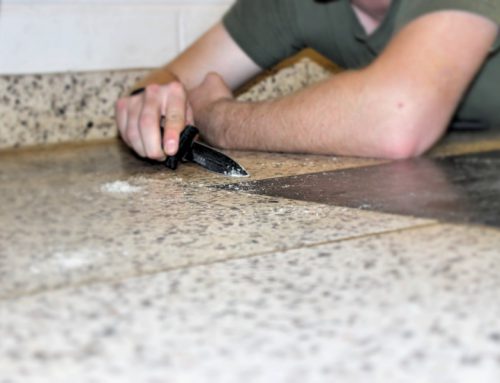
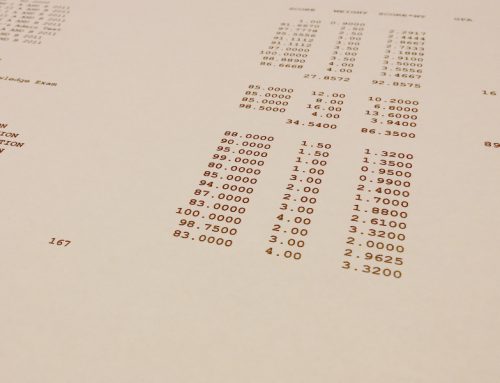
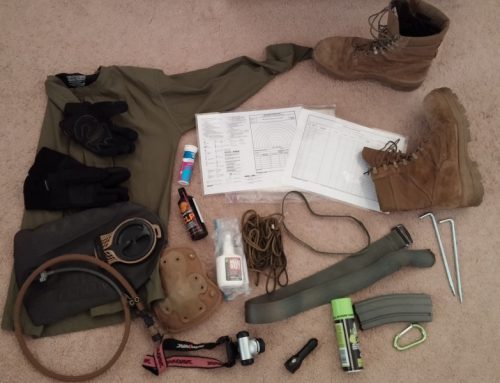
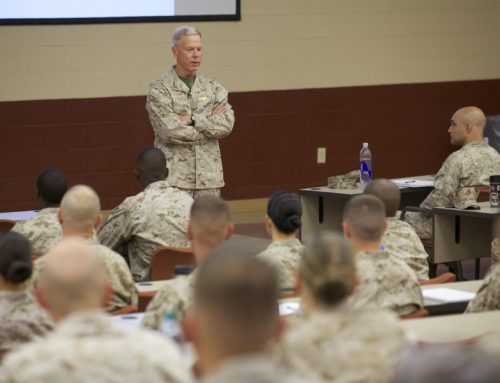
TBS was a great experience for me. I was an international officer there from Belize in echo company. It formed the basis of how I lead my soldiers under my command and is the foundation of good leadership